The word pilgrimage gripped me. Even as an agnostic I was intrigued. There’s something about a well-trodden path that’s seen century after century of passers-by. In the case of St Cuthbert’s Way, no less than thirteen centuries. As a history enthusiast, I was excited thinking about the lives of those who have passed through these times and on these trails. As an adventurer, I was looking forward to a new experience and some time to reflect.
Melrose Abbey
History of St. Cuthbert's Way
The beauty about St. Cuthbert’s Way is that it’s not just the history of a Saint and his movements, as fascinating as this is. It’s also a walk which transports you through historical event after event. The towns themselves which feature have a huge significance in both Scottish and English history. From Robert the Bruce’s heart in Melrose Abbey to Sir Walter Scott’s grave at Dryburgh Abbey, to the Roman Dere Road, to Lilliard’s Stone, and that’s all just day one! Walkers are treated to glimpses of history, often turbulent and challenging, spanning the centuries.
St Cuthbert's Cave
Reflecting on St. Cuthbert's past
The landscape itself has changed significantly over time as farming has developed and towns have grown and in the case of Melrose, moved. Yet when walking through both fields and natural woodlands it’s easy to imagine how walkers over time had a similar experience when crossing the moorlands and sheltering in the pine forests. As my blisters worsened (self-inflicted – there are few stops en route where blister plasters are available) it made me reflect on what the early pilgrims and indeed St. Cuthbert himself would have worn. They wouldn’t have had our comfortable shoes, the breathable waterproofs, the hot showers at the end of a long day’s walking and the warm beds in the cosy B and B’s to recharge in. What would medieval travellers have worn, I wondered? In what kind of places would they have stayed? What did they eat, I thought, as I tucked into tasty meals each day?
When in St Cuthbert’s Cave reading graffiti from as far back as the 1700’s, and perhaps before, it’s intriguing to imagine the more recent Georgian, Edwardian and Victorian tourists and worshippers taking the same path and perhaps picnicking at this beautiful spot too. Thinking about them in their different clothing makes me smile. Their taking delight in scoring the rocks to leave their mark for future generations to see. One name immediately caught my eye while there. I’d recently been tracing my husband’s family history and had traced them to Jedburgh in the 1700’s where they’d been booksellers. The shop front is still there albeit no longer a bookshop. My imagination ran wild when I spotted a Turnbull etching next to the date 1752. Somehow it made it all easier to picture as I thought of them perhaps having been there.
Wooler to Fenwick
Making the crossing to Lindisfarne
At no time on the trail did I feel more contemplative and in awe than following the pilgrim’s trail across the sands on my final day. In fact, it had been something I was a little hesitant about and wasn’t particularly set on doing. How glad I am that I went for it! The sun had come out that day, having sadly been rather shy on the previous 3 days. We walked to the crossing, cars had queued up waiting for their time to cross. Nature takes control here and as the saying goes, time and tide wait for no man. There are pictures of drivers who have learned this at their peril. The tides can vary greatly from day to day but a quick check of the tide table will keep you right on when’s safe. The crossing takes about 1-1.5 hours. As two of the first to go we cautiously followed a young communion group carrying a huge cross across the mud - it’s quite muddy to begin. There were plenty of shrieks from the group of teenagers as wellies were stuck and cries as the cold hit those who braved it barefoot in the puddles not yet warmed by the sun. Caught up in the spirit of it all, and concerned about the state of my walking boots we embraced the tradition and took off our shoes. There’s something oddly enjoyable about the feeling of mud oozing through toes, especially on tired feet after days of walking. It was a good feeling. As the sun shone and the clouds and beautiful blue skies reflected in the puddles it was hard not to feel uplifted, at peace and connected to this place. It seemed even more fitting when a fellow traveller we’d met the previous day caught up and crossed with us. A priest himself this journey would hold a different significance to mine, I’m sure. Yet as we crossed and as I reflected on our whole journey, taking in the beautiful surroundings across to the Holy Island of Lindisfarne, it was hard not to feel a spiritual connection. If there is indeed a god, then he or she certainly surpassed themselves when creating this wonderful part of the world.
Cessford Castle




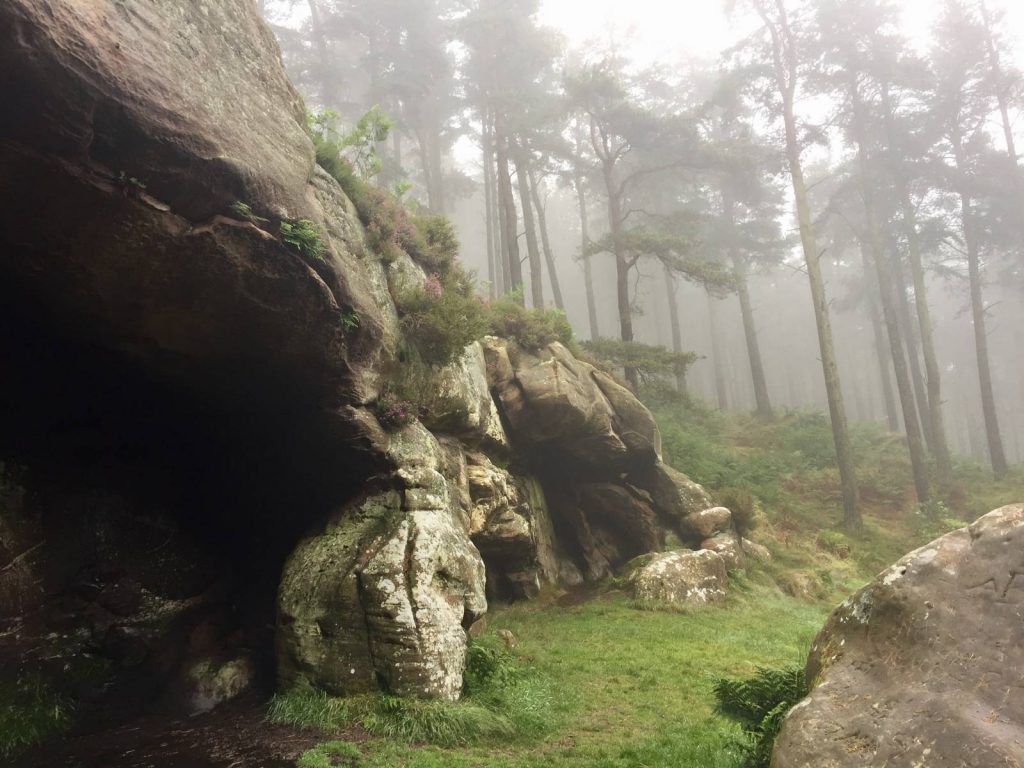
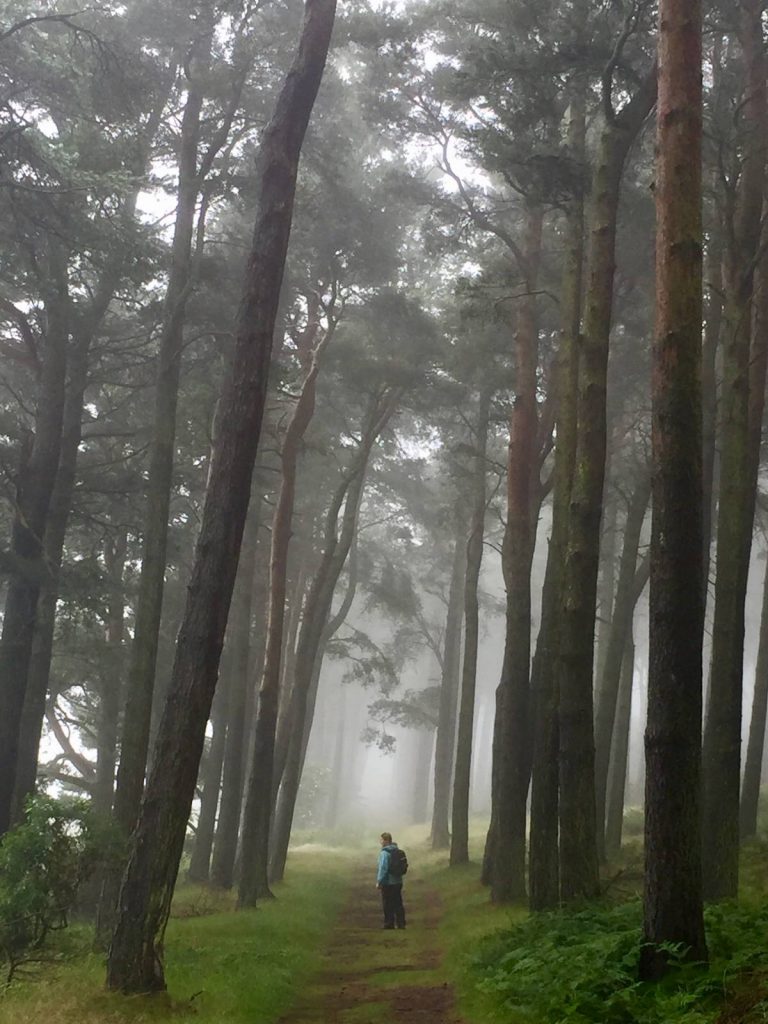
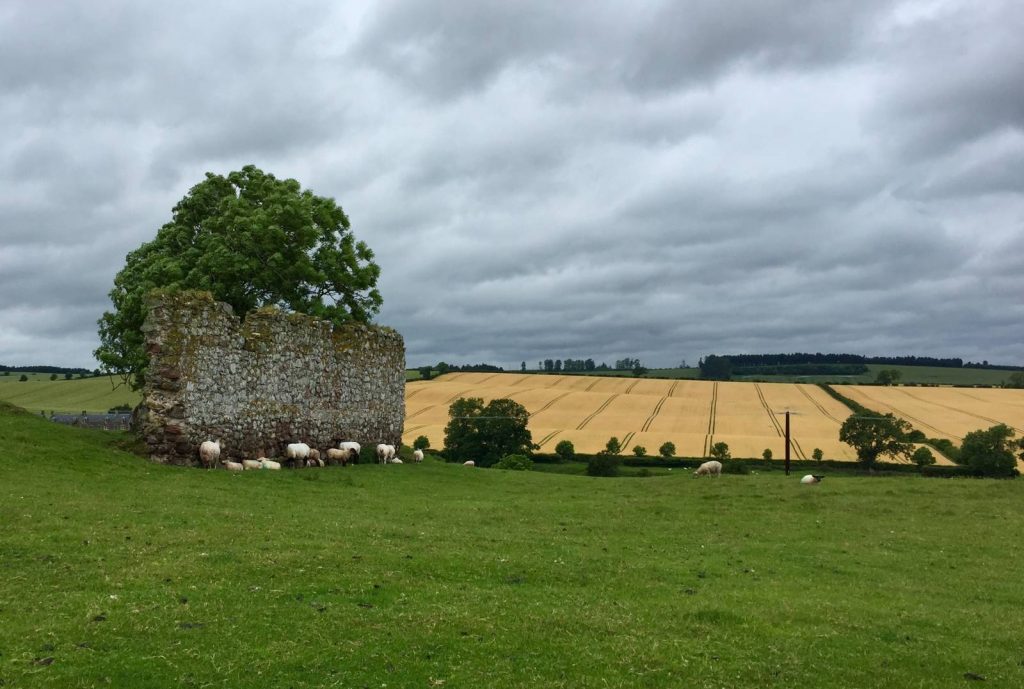



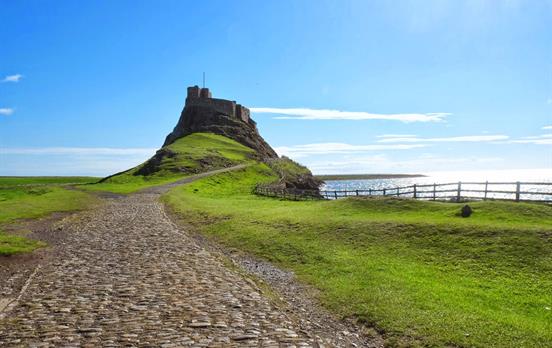


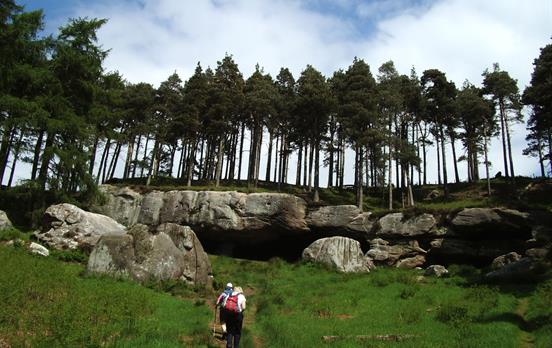
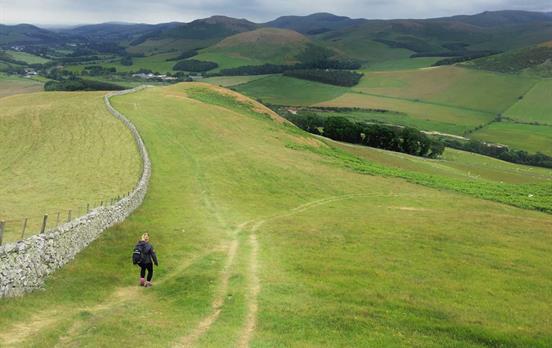
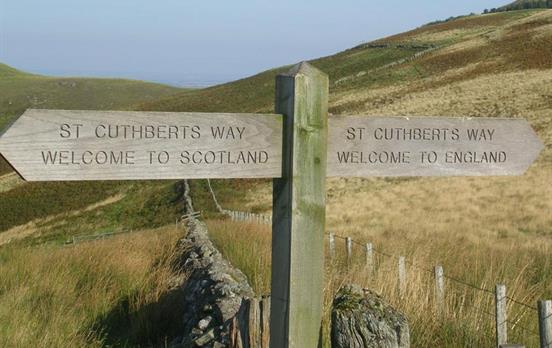
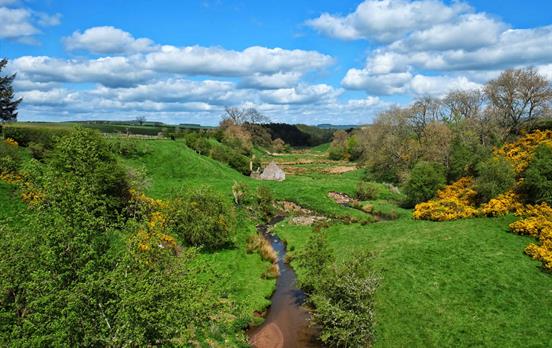
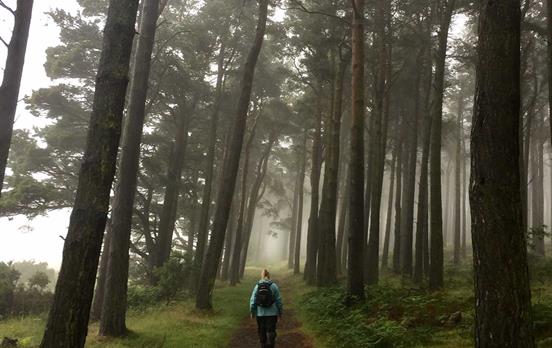
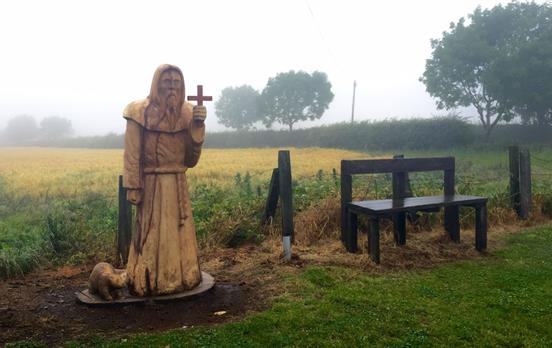






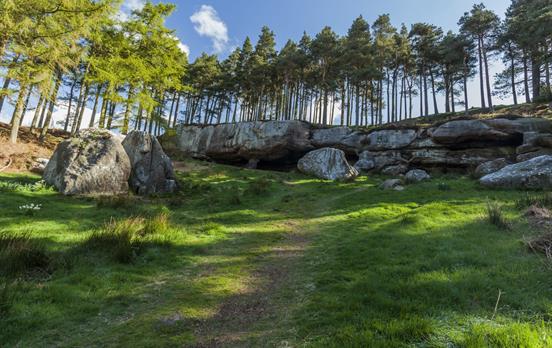


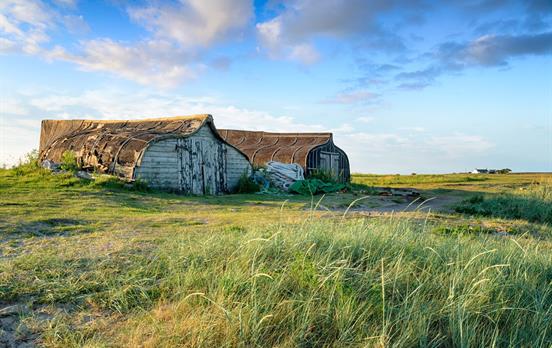

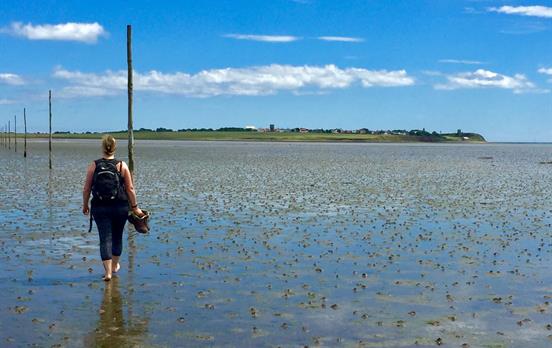
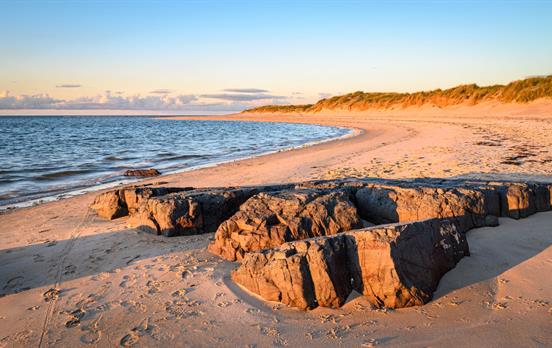









 Australia
Australia New Zealand
New Zealand South Africa
South Africa European Union
European Union